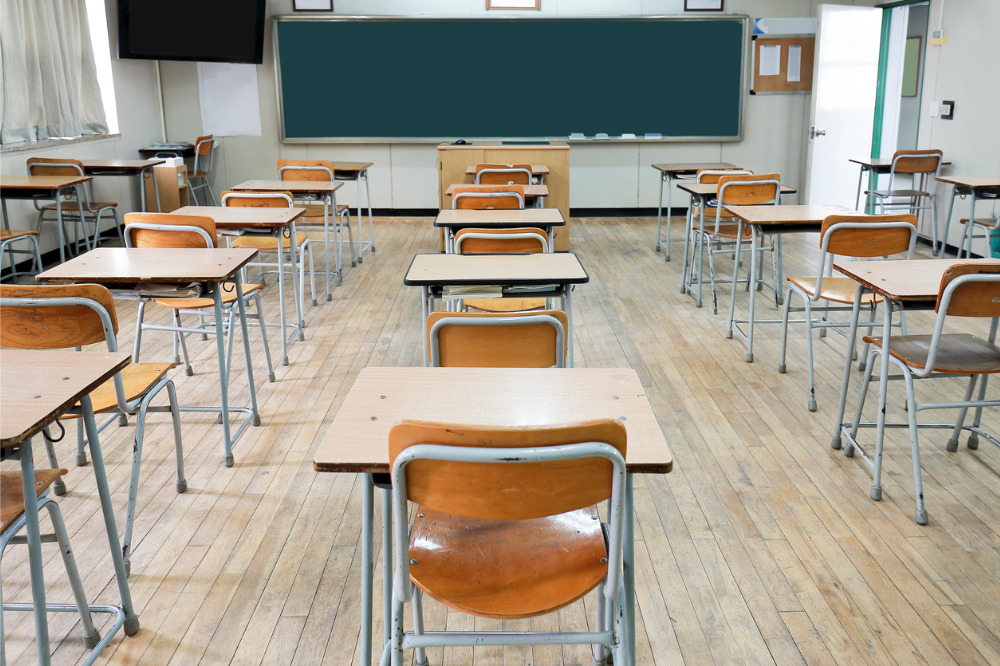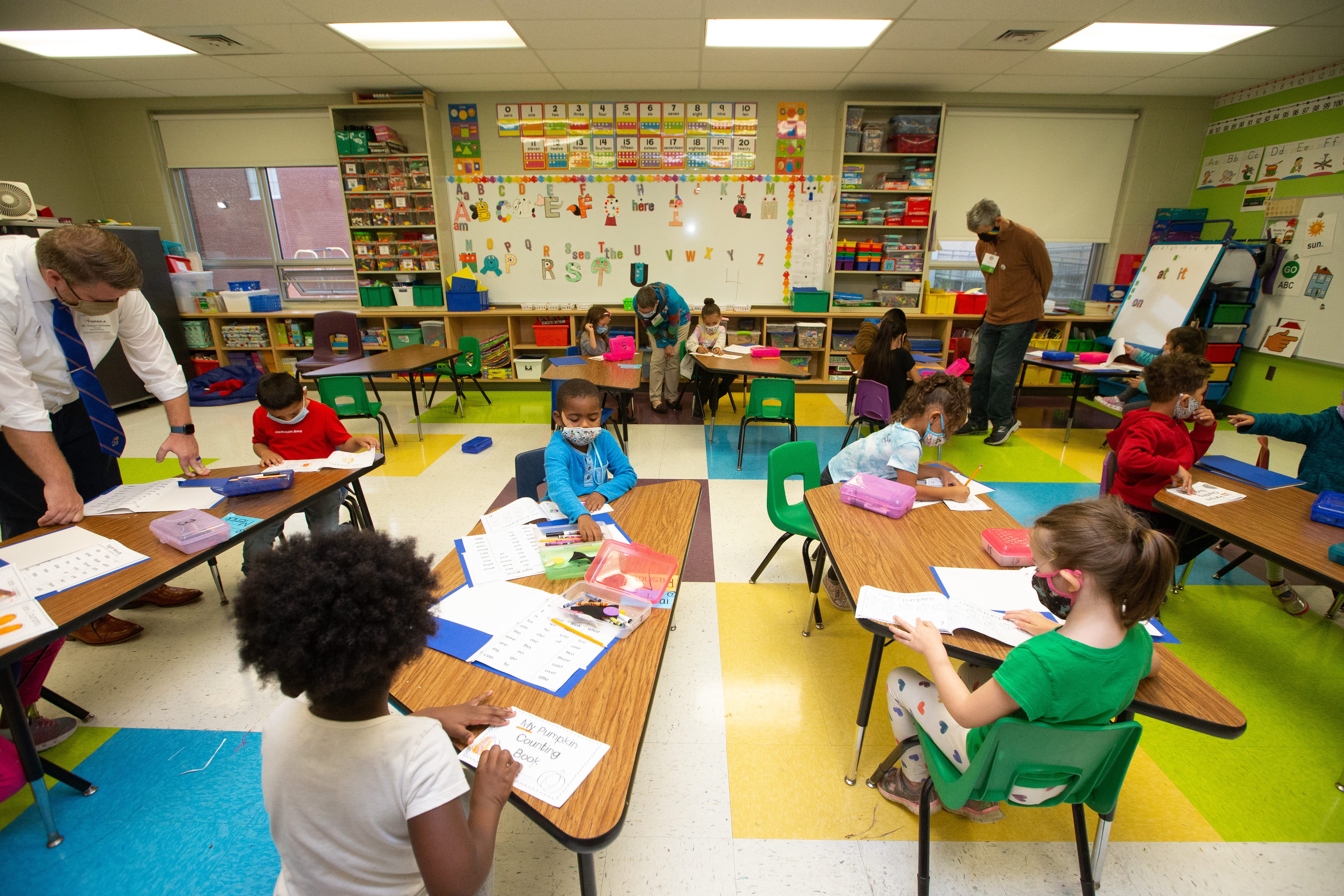Get Top Results with Primary Science Tuition Singapore from Experienced Tutors
Get Top Results with Primary Science Tuition Singapore from Experienced Tutors
Blog Article
Checking Out the Different Training Methods in Key Scientific Research Education And Learning Today
Inquiry-based learning, hands-on experiments, and the assimilation of modern technology are redefining how instructors involve young minds. In addition, collective methods and differentiated direction are being employed to provide to the varied needs of students, enhancing both involvement and understanding.
Inquiry-Based Discovering
Inquiry-Based Discovering (IBL) is an instructional strategy that encourages students to check out clinical ideas through questioning, examination, and hands-on experimentation. This approach emphasizes the role of trainees as energetic participants in their understanding, advertising vital thinking and analytic skills. By engaging with real-world inquiries, students become determined and curious, which boosts their understanding of clinical principles.
In IBL, teachers serve as facilitators, directing trainees as they browse their inquiries as opposed to supplying details straight. This student-centered strategy enables distinction, fitting various discovering paces and styles. Trainees develop abilities in developing theories, making experiments, and assessing data, which are critical for scientific literacy.
Additionally, IBL promotes partnership among pupils, encouraging them to share findings and ideas. This cumulative inquiry advertises social skills and a feeling of area within the class. Moreover, the procedure of query encourages strength, as students find out to accept failure as a tipping stone toward understanding.
Hands-On Experiments
Hands-on experiments are a crucial component of reliable scientific research education, enhancing the principles of inquiry-based discovering. These experiments allow students to engage directly with clinical concepts, cultivating a much deeper understanding with experiential discovering. By adjusting products and observing outcomes, young students can grasp abstract concepts in tangible means.
Such activities advertise important thinking and problem-solving skills, as pupils assume end results, conduct experiments, and assess outcomes. This process motivates them to ask questions, fine-tune their understanding, and create a scientific way of thinking. In addition, hands-on experiments can be customized to varied knowing designs, making certain that all students have the chance to engage meaningfully with the web content.
Moreover, hands-on experiments usually encourage partnership amongst peers, advertising team effort and communication skills. Functioning in teams allows pupils to share ideas, discuss searchings for, and find out from one another, which boosts their overall academic experience.
Including hands-on experiments into the primary science educational program not just enriches the finding out atmosphere however also cultivates a long-lasting rate of interest in scientific research. By proactively getting involved in their education and learning, students are most likely to create an enthusiasm for scientific questions that extends past the classroom.

Innovation Assimilation
Integrating technology right into key science education has ended up being progressively vital in fostering student involvement and improving learning outcomes. Using electronic devices, such as interactive simulations, digital laboratories, and instructional software application, gives students with possibilities to check out clinical ideas in ingenious ways. These sources promote a much deeper understanding of intricate topics by enabling students to picture and control variables that would be not practical in a typical class setup.
Furthermore, technology combination urges customized learning experiences. Students can advance at their own speed, taking another look at tough principles through multimedia sources, which accommodate different learning styles. This flexibility not only sustains private growth yet additionally cultivates a sense of autonomy in learners.
Additionally, modern technology acts as a bridge to real-world scientific research, connecting pupils with present study and professional contributions. Access to scientific journals and online databases expands trainees' viewpoints on scientific inquiry and fosters important believing skills.
Collaborative Learning
Collective knowing plays a crucial duty in primary scientific research education and learning by cultivating synergy and communication abilities amongst students. This strategy motivates students to interact, share expertise, and participate in analytic, which boosts their understanding of clinical principles. By joining team tasks, students learn to verbalize their ideas, listen to diverse viewpoints, and discuss options, all of which are vital skills in both real-world and scholastic contexts.

Research suggests that collaborative discovering can cause boosted inspiration and interaction in scientific research subjects, as pupils find enjoyment in shared experiences (primary science tuition Singapore). Furthermore, this approach prepares pupils for future joint undertakings, equipping them with the abilities needed for efficient teamwork in greater education and learning and specialist atmospheres. Eventually, accepting joint discovering in main science education and learning can considerably enhance the knowing experience and promote a deeper understanding of this content clinical questions
Differentiated Direction

Set apart continue reading this direction can show up in numerous ways, such as differing the material, procedures, or products of understanding. Instructors might utilize tiered projects that offer varying levels of intricacy, enabling students to function at their corresponding preparedness levels. In addition, flexible organizing strategies can facilitate partnership among pupils with various capacities, promoting peer knowing.
Evaluation plays an important duty in this method, as it informs instruction and helps educators comprehend each student's one-of-a-kind needs. Developmental evaluations, such as tests and monitorings, can assist instructors in adjusting their approaches to boost discovering end results. primary science tuition Singapore. Ultimately, by implementing set apart direction in primary scientific research education, instructors can cultivate an extra fair and effective discovering setting, empowering all trainees to reach their full potential in recognizing clinical phenomena
Conclusion
In recap, the diverse training techniques in primary scientific research education and learning, including inquiry-based understanding, hands-on experiments, technology assimilation, collective understanding, and set apart direction, collectively contribute to a more effective knowing setting. These techniques advertise essential thinking, analytic abilities, and a much deeper understanding of scientific ideas. By applying these methods, educators can create interesting and supportive class that deal with the varied demands of students, inevitably cultivating a long-lasting interest in science and enhancing scholastic success.
Inquiry-Based Understanding (IBL) is a pedagogical technique that urges trainees to discover clinical concepts via questioning, investigation, and hands-on testing.Collaborative discovering plays an essential function in main scientific research education and learning by promoting teamwork and communication abilities among pupils.Research study suggests that joint discovering can lead to boosted motivation check that and involvement in scientific research subjects, as students find pleasure in shared experiences.In cultivating a comprehensive discovering setting, set apart guideline arises as a vital strategy to fit the varied demands and abilities of pupils in main scientific research education and learning. Eventually, by carrying out differentiated instruction in primary science education and learning, educators can cultivate an extra equitable and effective understanding setting, encouraging all students to reach their complete potential in understanding clinical phenomena.
Report this page